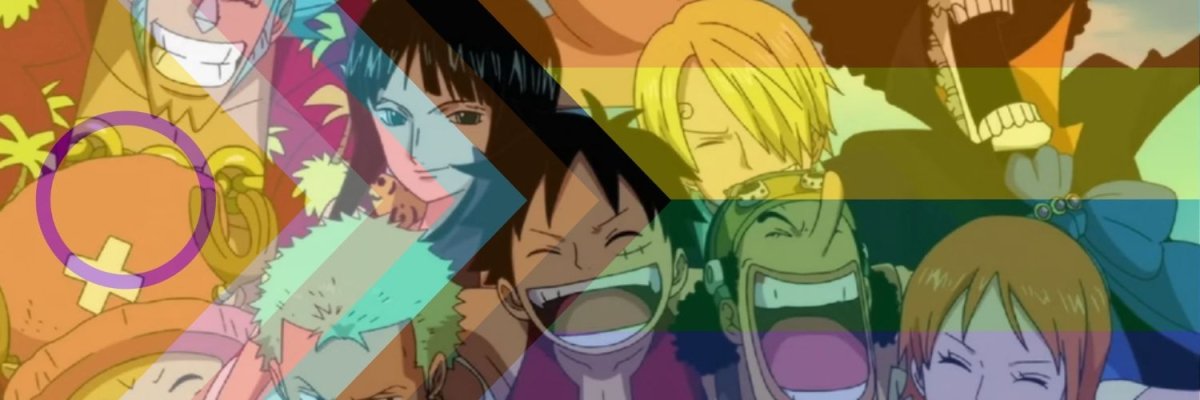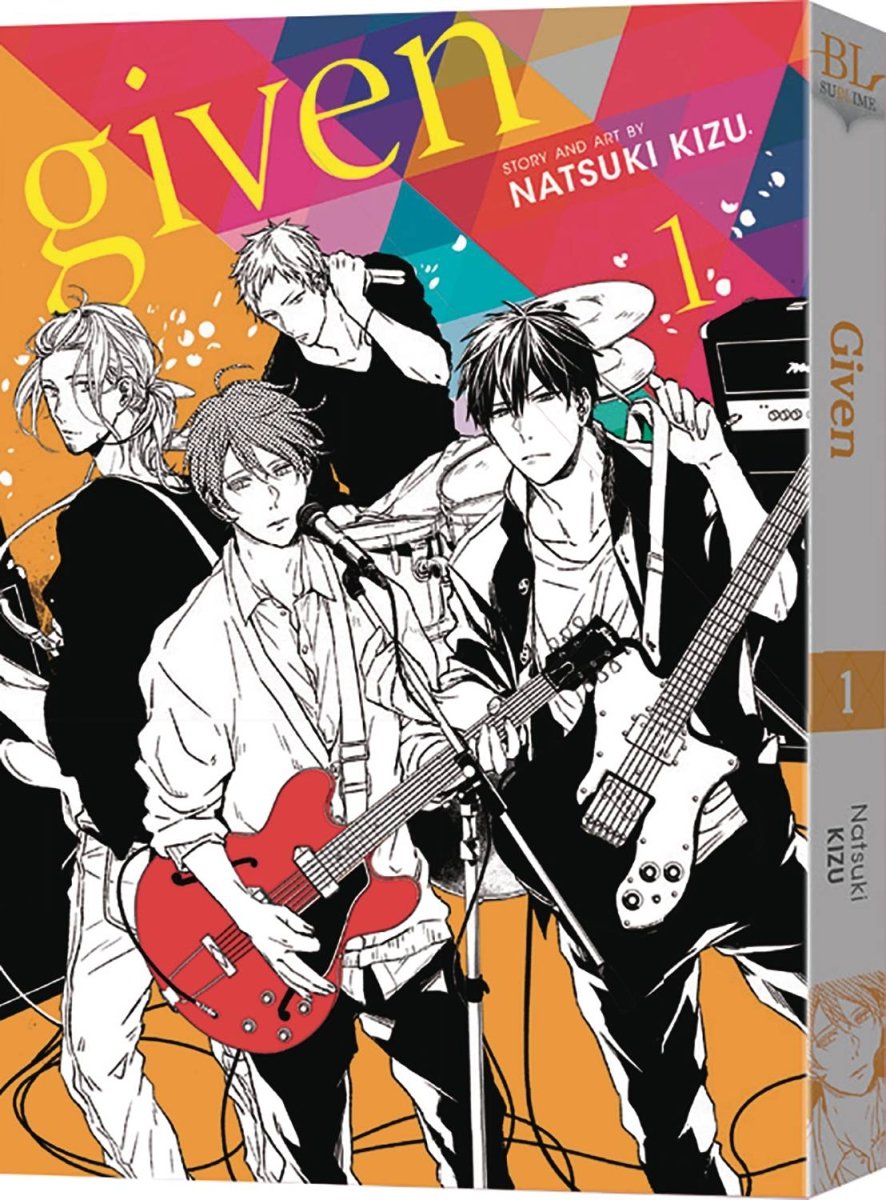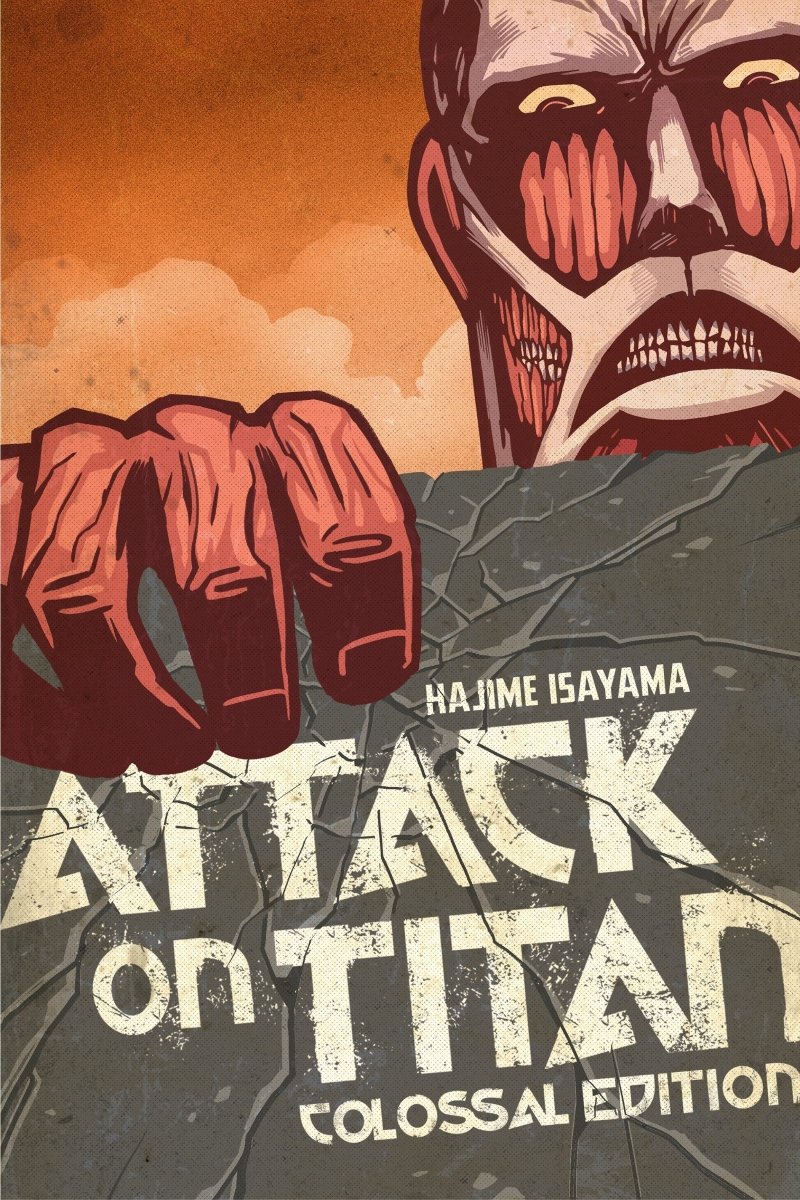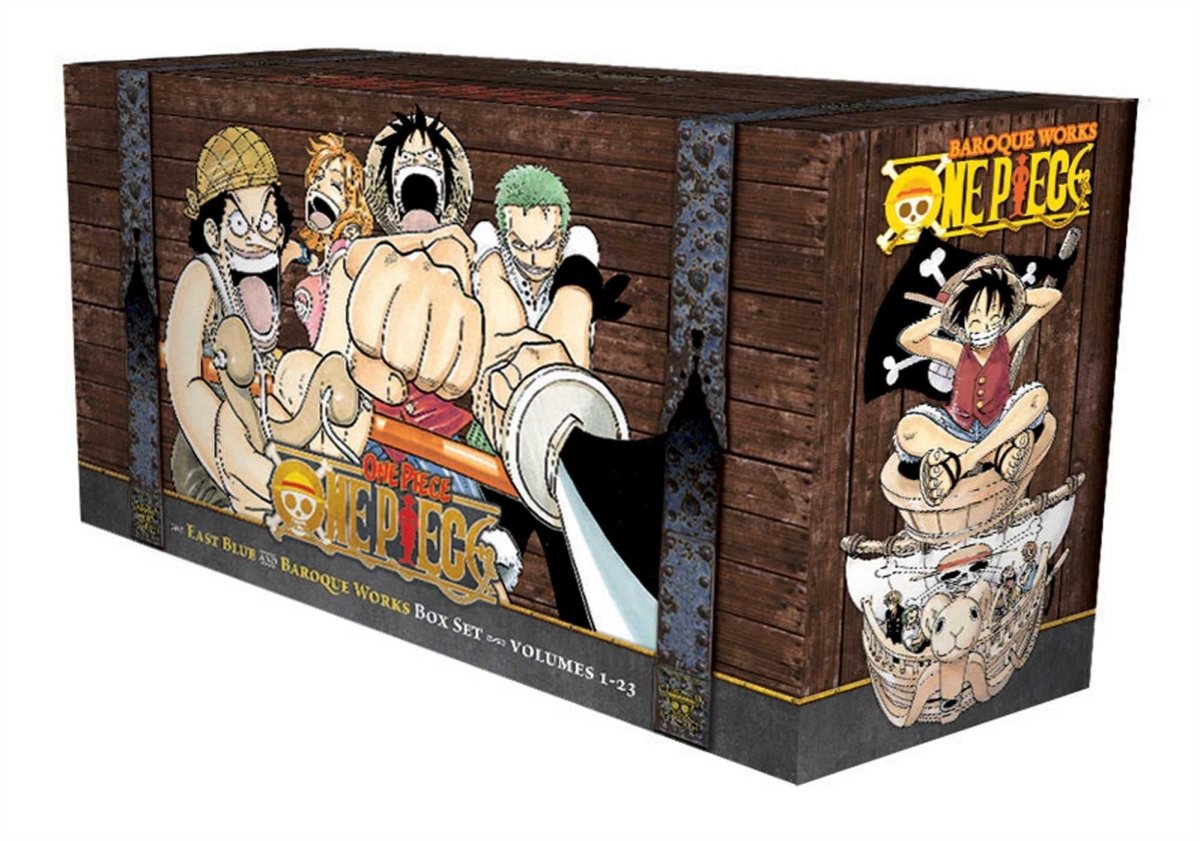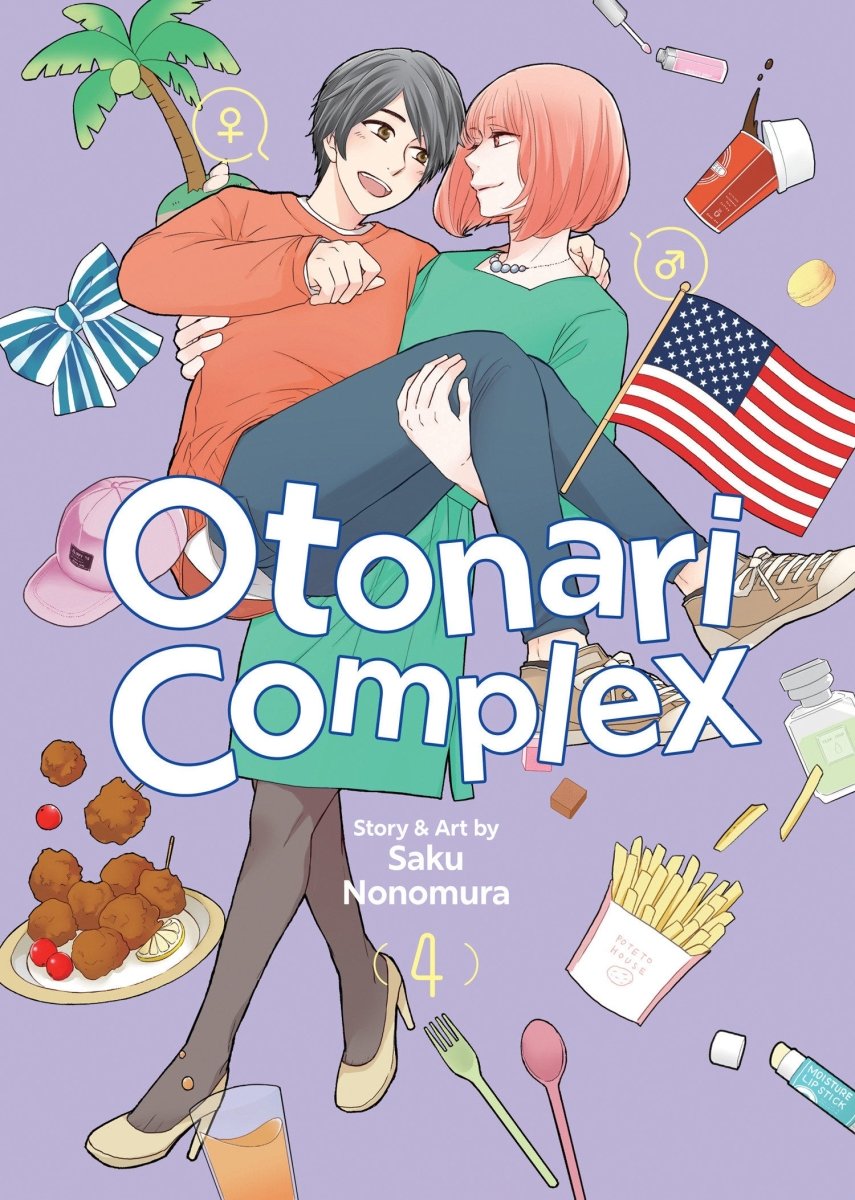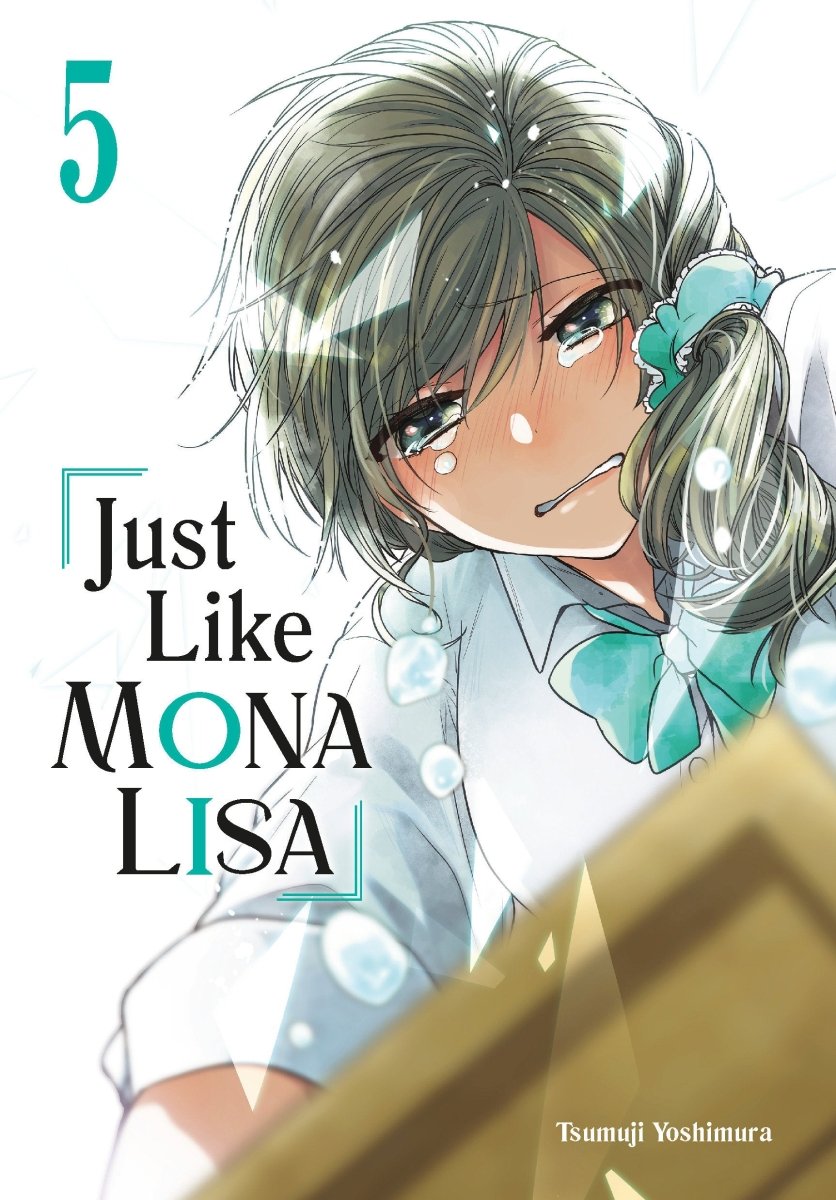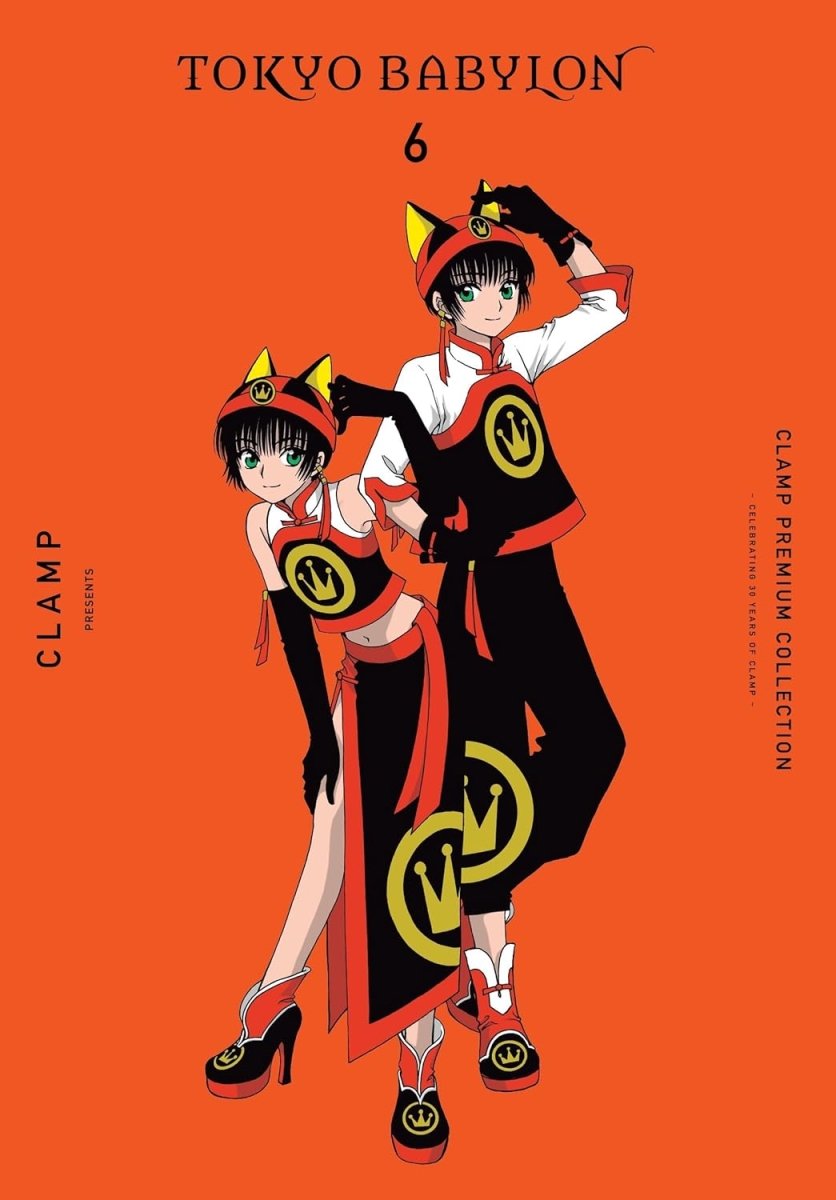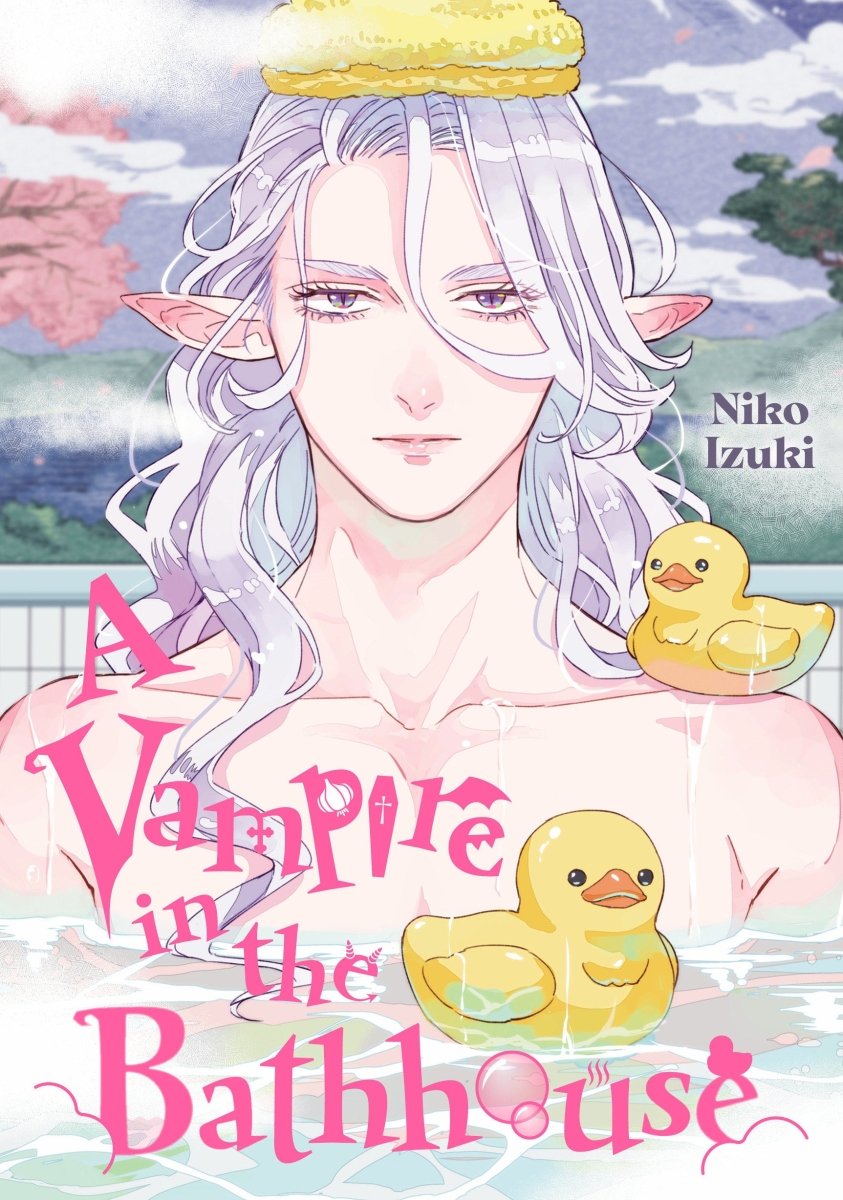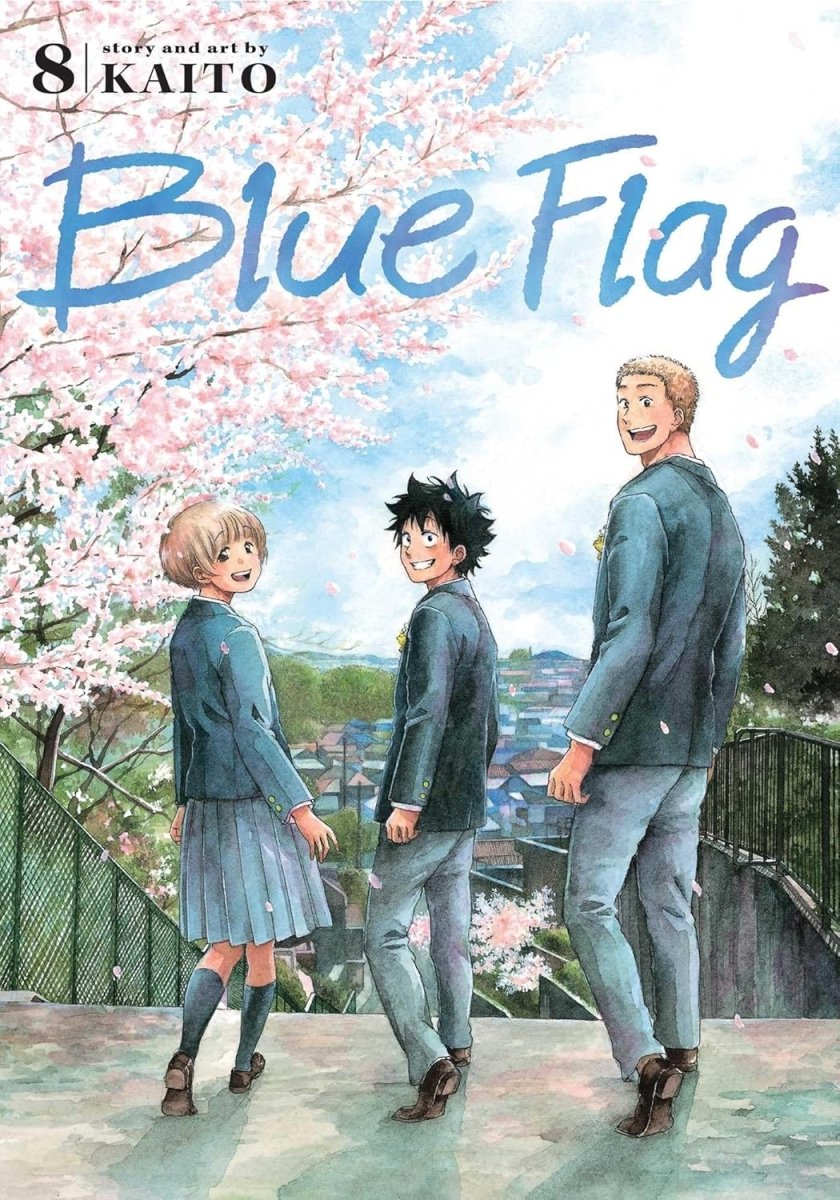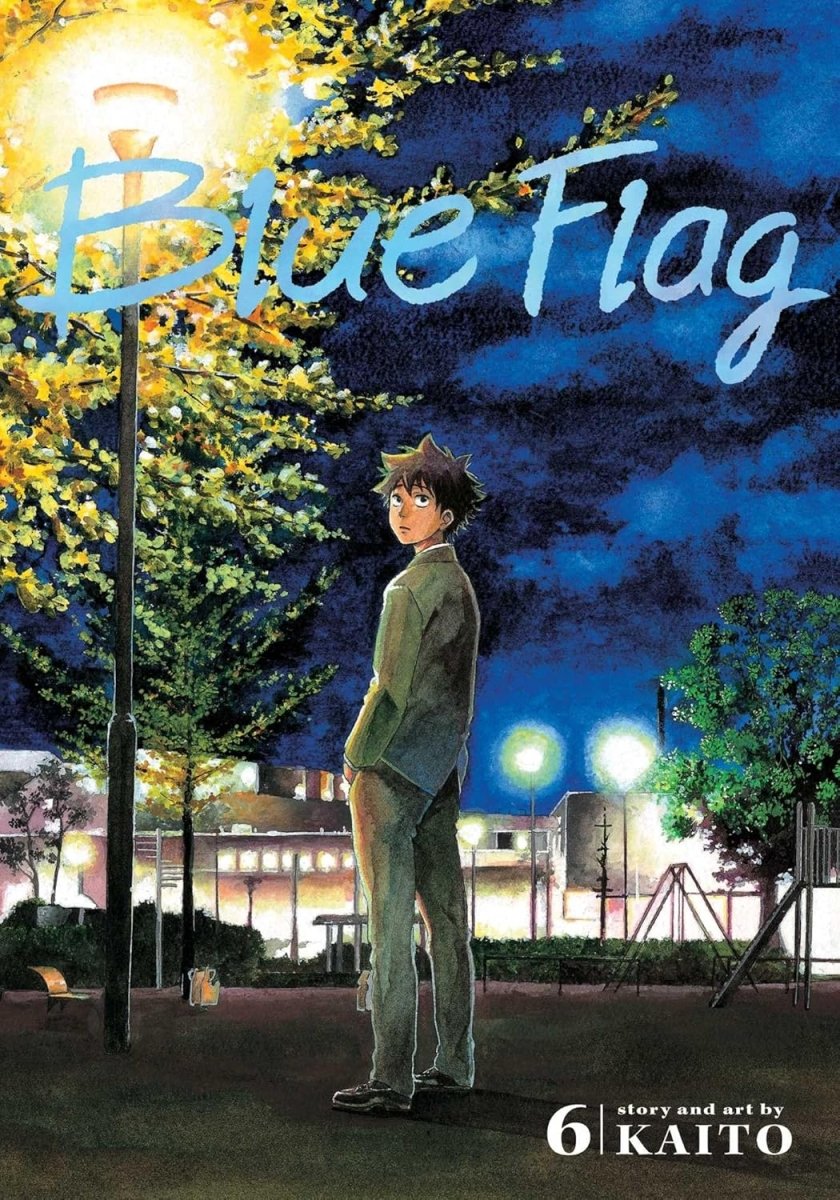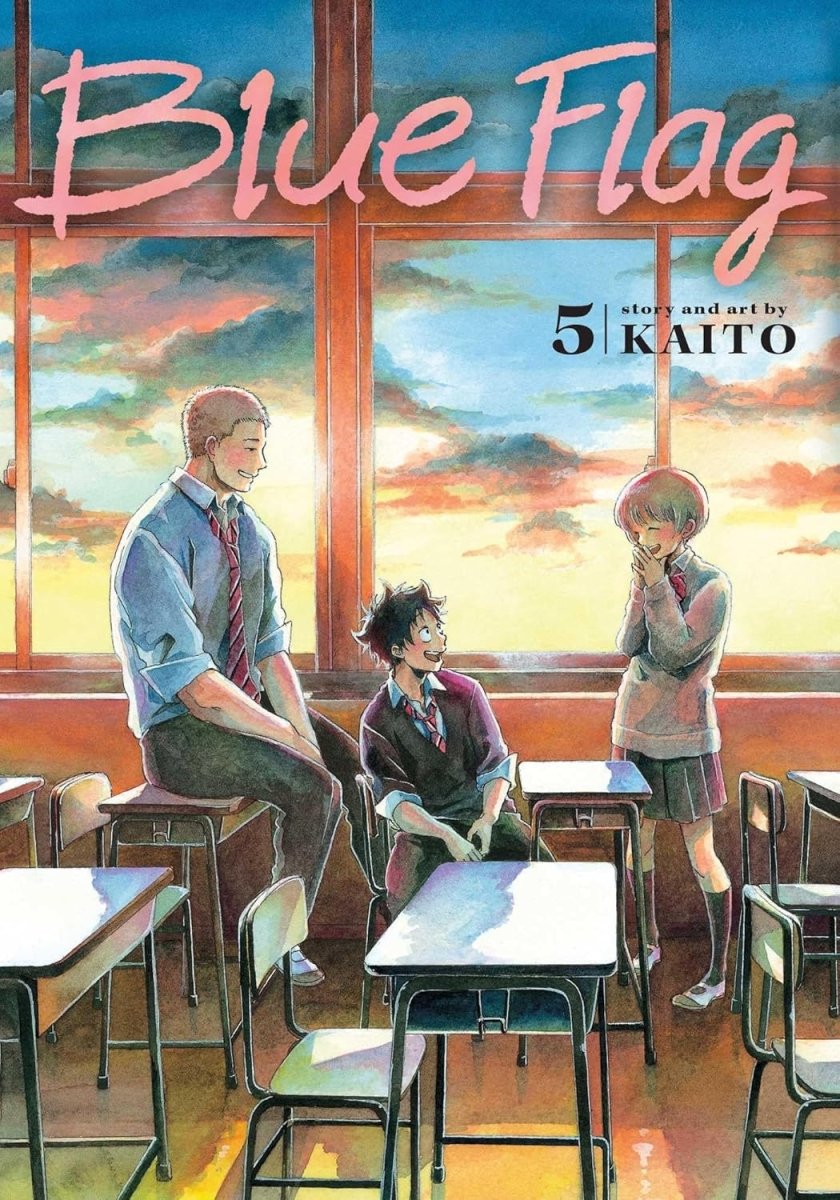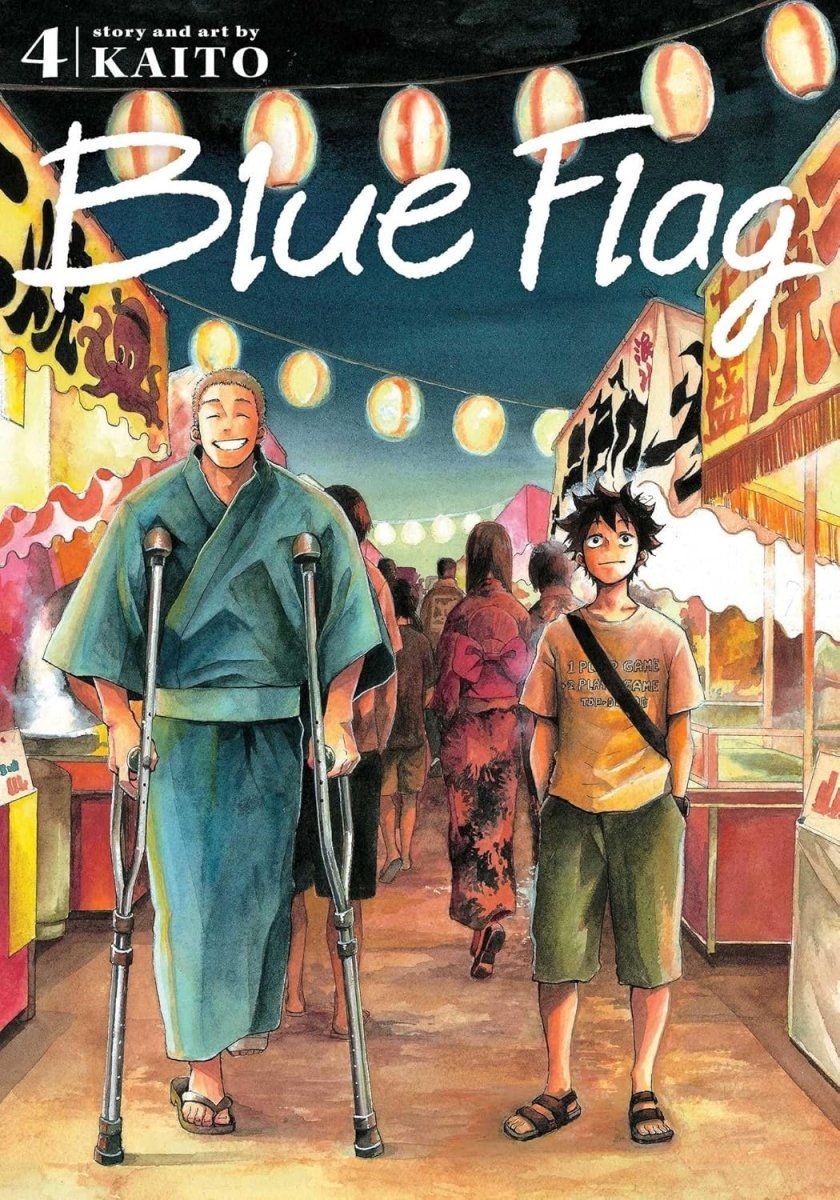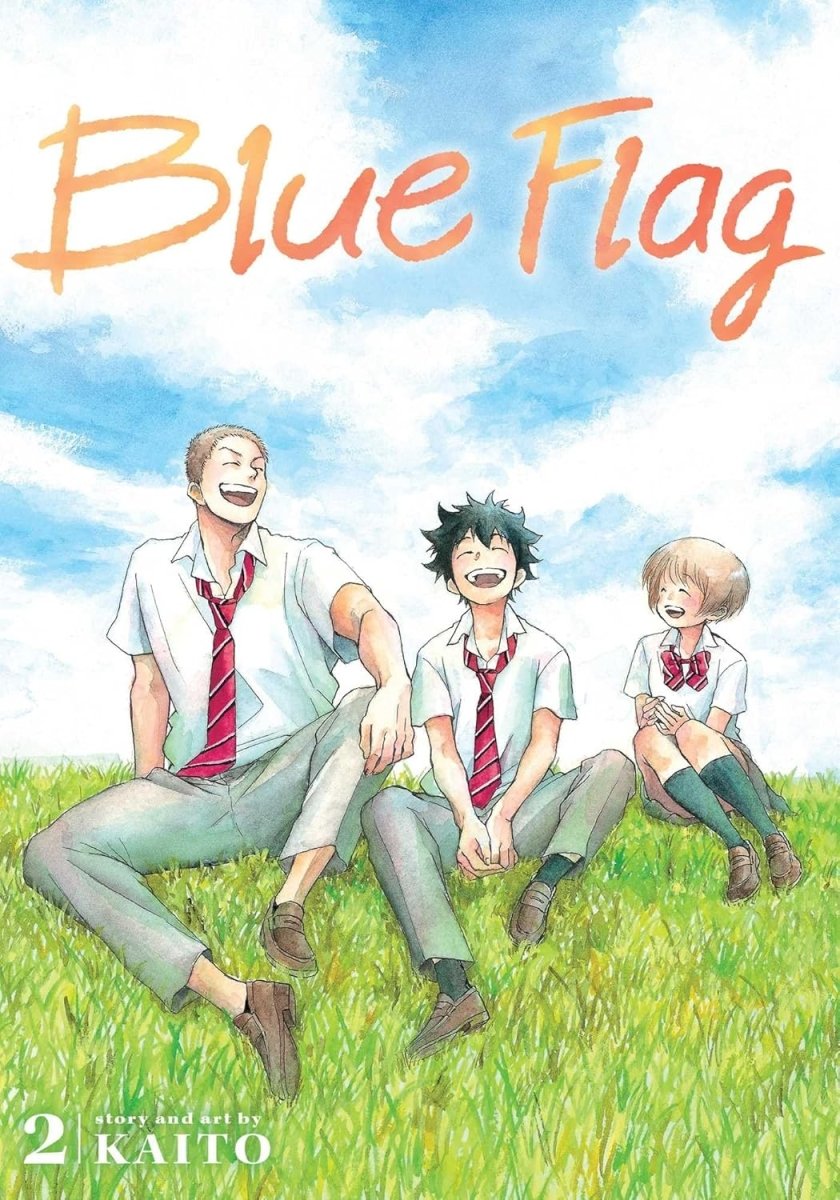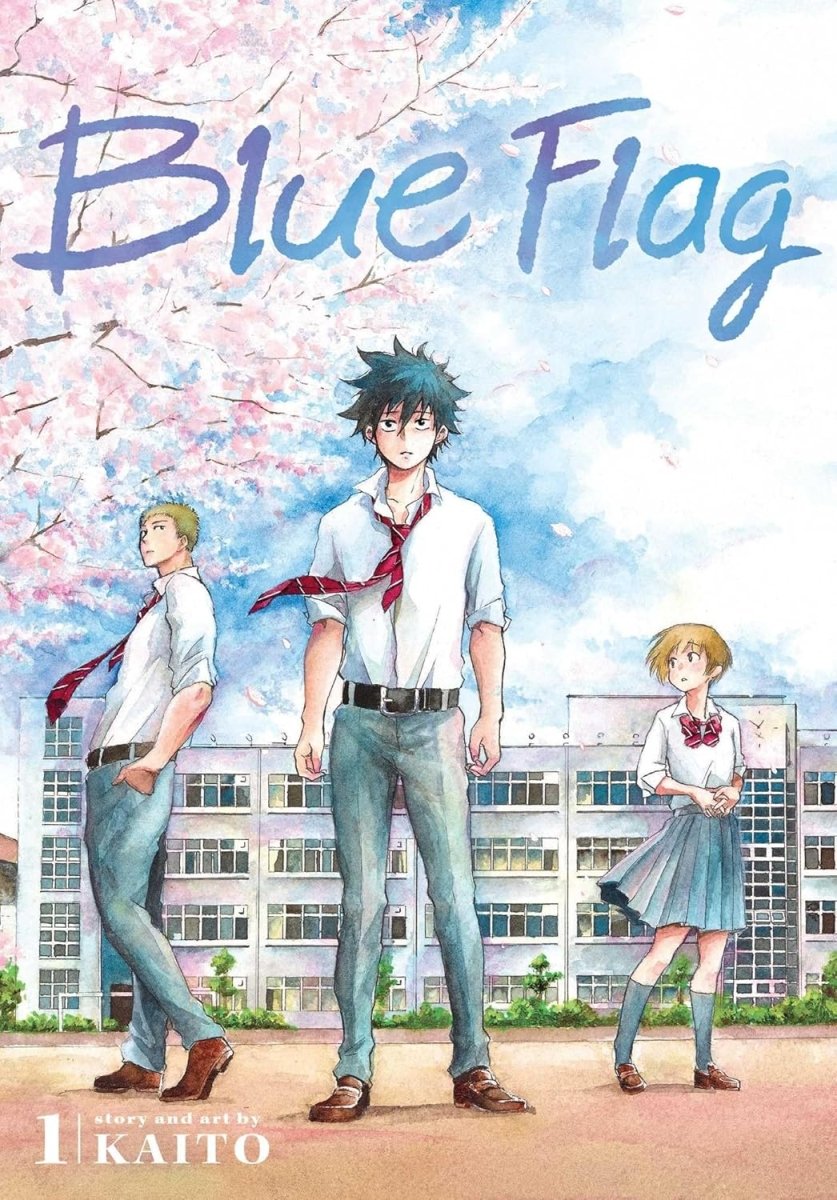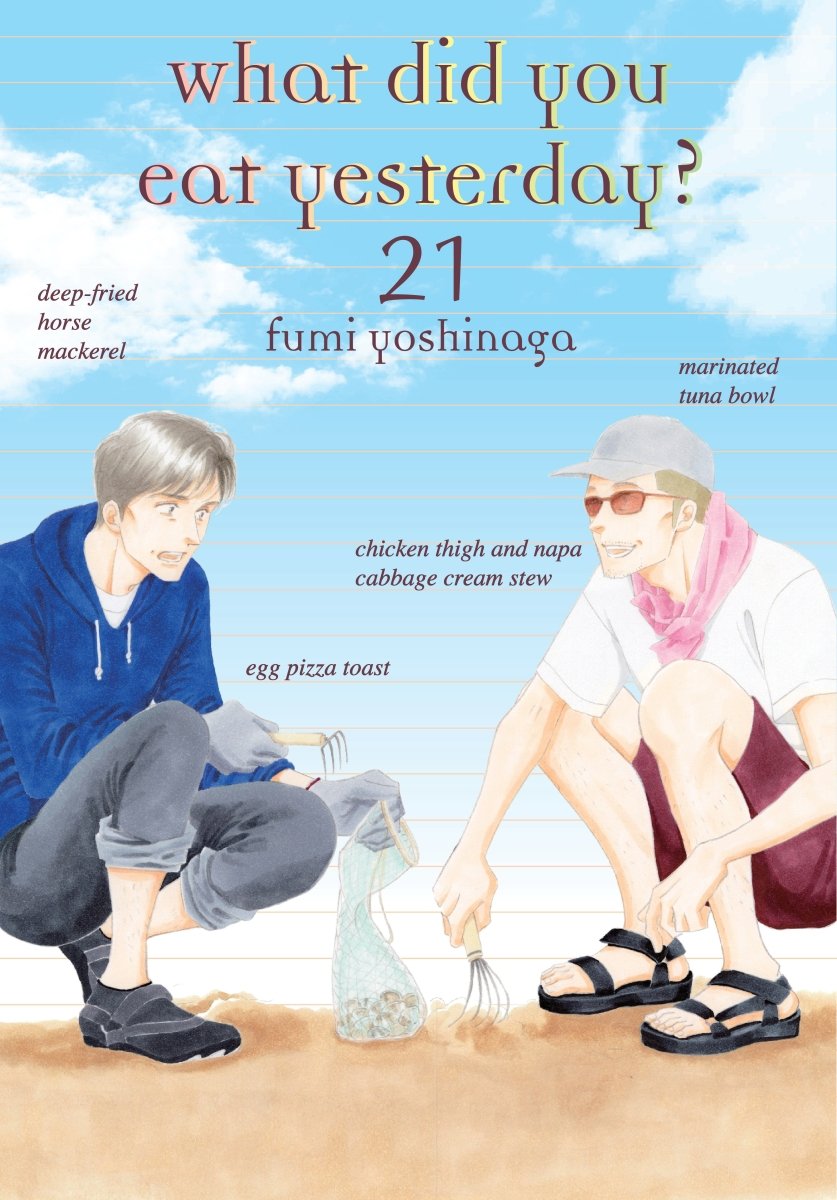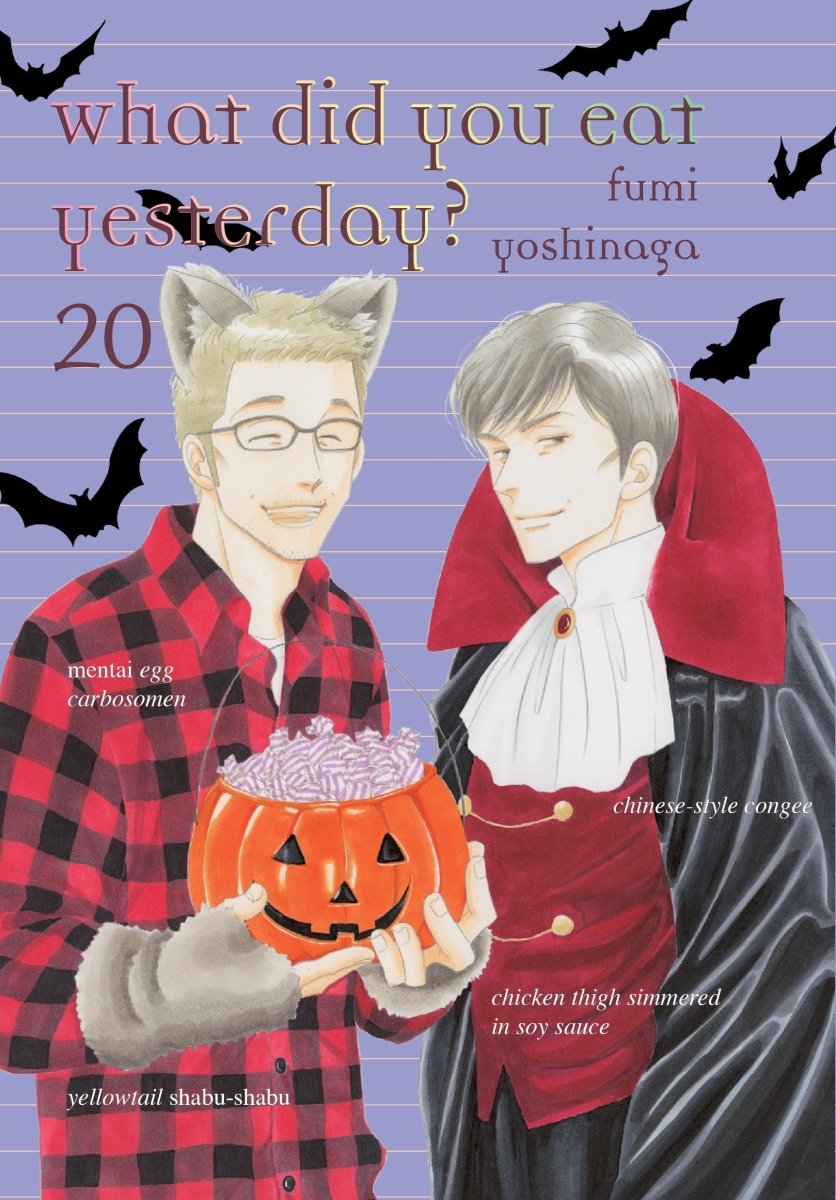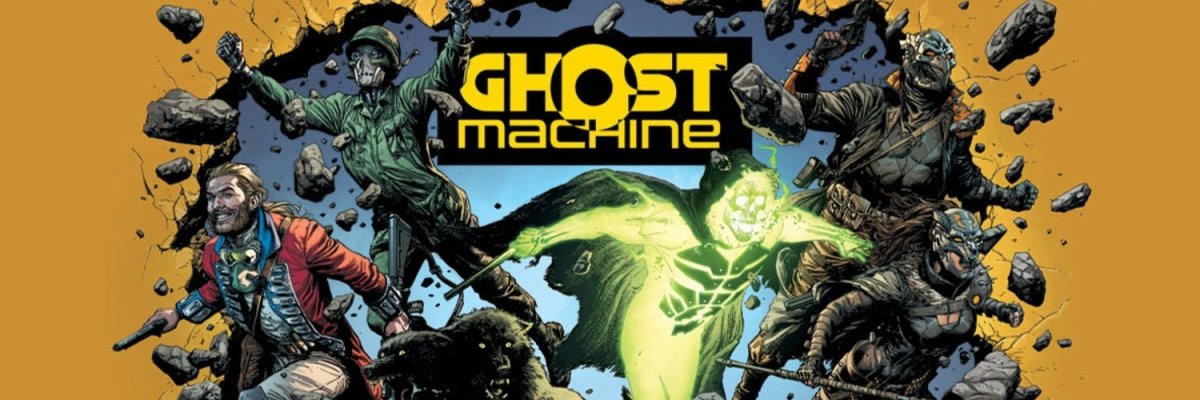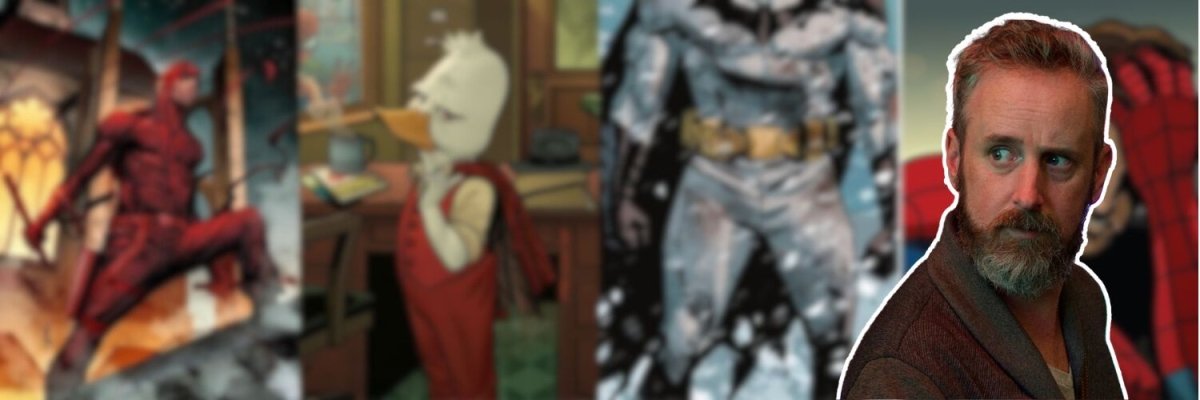
Written by Daniel
A nerd from day one, who will talk about his love for fiction and printed stories for hours!
At the time of this article’s release, it will be the first week of Pride Month 2025 – so happy Pride Month! This month, like all other awareness months, is important. It not only allows the LGBTQIA+ community to celebrate the progress they’ve made, but also offers the chance to educate others and push for further political and social change.
Here at Walt’s Comic Shop, I’ll be celebrating Pride Month by recommending a new pride-themed manga each week. For the first week, though, I’d like to talk about a topic that sparks increasing discussion across all media:
Why does representation in fiction matter?
Since I’m especially into manga, I’ll focus on arguments related to this form of storytelling. That said, this article won’t be purely theoretical. I’ll also share some manga recommendations that, in my view, really get things right.
Without any further ado – let’s get going!

What Is Representation, Exactly?
Before I present any arguments, we should define what representation really means.
When we talk about representation in fiction, we usually refer to how an author or creative team portrays our world in their story. This includes our history, certain events, and, most importantly, people and their cultures. The way these elements are portrayed shapes how the audience perceives them.
1 - Representation Must Have Depth and Purpose
Representation, in itself, is just a concept. But it can become something valuable or harmful, depending on how it is handled. That representation can be harmful is something we’ve seen across fiction for centuries, so I won’t go further into that. Instead, I’d like to focus on how representation can be done well.
To make representation valuable, an author can approach it in several ways.
Firstly, a story that aims to represent cultures and communities well should always offer diverse and complex characters. Of course, diversity is important and realistic, but simply including a character of a certain ethnicity, sexuality, or group for the sake of it is not good representation.
Some stories introduce a character from a particular community but fail to develop them further. This results in shallow personalities that feel overlooked. Additionally, such characters often fall into stereotypes. While this isn’t always done with malicious intent, it does reveal that the author didn’t take the time to properly educate themselves. In the end, the character was added for diversity’s sake – without real substance.
2 - Representation Should Build Understanding
This brings us to the second important aspect of effective representation: education.
No one can know everything instinctively. Every individual on this planet has a unique set of traits that shape their own diversity and, in turn, their life experience. This means each of us has a different reality and perspective on life – all of which are valid. Of course, some experiences overlap, and people may share similar realities through communities.
However, for someone who is not part of a certain community, it is almost impossible to truly understand what life looks like for its members. The only way to gain that understanding is to learn – through literature, educational resources, or open dialogue with the community.
If an author outside a particular community decides to portray it, they should educate themselves by engaging with that group, rather than projecting assumptions onto it. An uneducated approach not only enables stereotypes – it almost certainly reproduces them. Without proper education, an author can only fall back on what they’ve learned through stereotypes or prejudice.
Reproducing stereotypes is exactly what leads to poor representation. This brings us to the third key point: good representation challenges stereotypes.
Every community is affected by stereotypes. We see them constantly across fiction. Many people outside these communities don’t even notice them anymore – they’ve become so normalized that they feel like facts. This is where education becomes essential.
By educating themselves, authors can better recognize stereotypes and avoid reproducing them. This not only prevents harm, but also creates the chance to challenge normalized biases. In doing so, authors can foster greater tolerance among their audience – and share what they’ve learned.
Some audiences might find this unfamiliar or even react negatively. Others will feel seen, and some will embrace it as a chance to learn.
However, simply breaking stereotypes and avoiding harmful portrayals is not the final step.
3 - Authenticity Is the Final Step
Lastly, once stereotypes have been broken, it’s time to focus on accurate depictions of communities and their cultures.Even without stereotypes, a story can still fall into shallow writing. Characters might be diverse, complex, and free from clichés, yet still feel inauthentic. This is where accurate depiction becomes essential. It not only further challenges stereotypes but also makes characters, groups, and settings feel real and fully rounded.
This doesn’t mean that every story has to revolve around community representation. Good representation can start with the smallest details that help communities feel seen. To represent a community well is to understand the nuances of its culture and lived experiences. Some stories take their time to depict these elements in depth, while others do so subtly through small details. Both approaches are valuable – they avoid harmful stereotypes and either affirm those being represented or offer new perspectives to others.
And this is where we come full circle.
No one can simply know what life is like for other communities. But through education or representation in fiction, we can gain new perspectives. These perspectives challenge stereotypes and make space for better, more accurate depictions of communities and their cultures. Over time, this helps normalize those depictions and makes us, as a society, more accepting of one another.
Representation is not only a celebration of diversity – it’s also an educational tool that continues to challenge the status quo.
What Can Good Representation In Manga Look Like?
Of course, representation is still far from perfect – especially in Manga and Anime.
Many works continue to reproduce racist or sexist stereotypes, either due to a lack of education or for the sake of comedy and entertainment. While pride-centered genres like Girls’ Love and Boys’ Love are among the best-selling, not every story within these categories handles representation equally well.
This means Manga is not always the best example of how representation should be done.
Still, there are some titles that approach representation in thoughtful and meaningful ways – even if to varying degrees.
Given by Natsuki Kizu
One Manga that truly challenges real-life stereotypes surrounding the music industry and masculinity is Given. In Given, we follow four young men who bond over their passion for music and pursue their dreams by forming a band. This Manga not only challenges ideas about what it means to be a man, but also tells a beautiful romantic story within the band.
While our real world still holds some prejudice against male stars coming out as gay, Given doesn’t shy away from portraying a love story between two people who connect through their shared passion for music – and for each other. It’s the perfect read for anyone who loves music and emotion – especially during Pride Month! With 9 volumes, you can enjoy the full story right now.
- Given GN Vol 01
- Given GN Vol 02
- Given GN Vol 03
- Given GN Vol 04
- Given GN Vol 05
- Given GN Vol 06
- Given GN Vol 07
- Given GN Vol 08
- Given GN Vol 09

Attack On Titan by Hajime Isayama
Another Manga that may come as a surprising example of good representation is the masterpiece and must-read Attack on Titan! At first glance, Attack on Titan seems to be just about the last city of humanity fighting back against the greatest threat to humans: the Titans… Although this premise and the whole mystery aspect are already outstanding, Isayama, the mangaka, took his time to write a beautiful Girls-Love story into the narrative.
Ymir and Christa are two of the new cadets in the Survey Corps, the unit tasked with exploring beyond the city walls and fighting for humanity’s survival. Both characters are deeply rooted in the story and its mysteries, which makes them not only incredibly interesting but also essential to the plot. Over time, the bond between the two becomes more intimate. Although we never see a kiss or an explicit declaration of love, it becomes quite clear that they are more than just friends.
What makes this woman-love-woman representation so valuable is that it’s neither fan service nor are the characters solely defined by their relationship. They are both complex, nuanced individuals who fall in love on a deep emotional level. Their relationship also serves as a powerful symbol within the story itself – though explaining that would risk entering spoiler territory.
Thus, Attack on Titan, although not a Girls-Love title, offers one of the most realistic and respectful representations of #wlw!
If you want to dive deeper into this beautifully written story and relationship, you can start with the standard Japanese volume format (Attack on Titan 01) or, even better, pick up the box set with the first four volumes right away (Attack on Titan Season 1 Part 1 Manga Box Set).
If you're more into beautiful deluxe editions, check out the Attack on Titan: Colossal Edition 1. This is a 5-in-1(!) softcover edition in a large format, featuring 15 stunning color pages exclusive to this version. Just the perfect deluxe edition for your collection!

One Piece by Eiichiro Oda
There is one last Manga that always comes to mind whenever I think about representation. Not because it was always done well, but because it shows how education can improve things over time. I'm talking about One Piece.
If you're a longtime reader of One Piece, you’ll know that Oda did not always depict some communities well. In particular, the trans community faced several problematic portrayals earlier in the series. However, over the years, it becomes clear that Oda has educated himself more and more. While the first trans character in One Piece was still filled with stereotypes, later trans characters – like Yamato – are portrayed with more nuance and without harmful clichés. Especially Yamato, and the strong writing around him, turned him into one of the fans’ favorite characters.
Additionally, Oda has made efforts to rework some of his earlier, more problematic depictions by showing acceptance within the narrative itself. Although One Piece is not free from stereotypes and still not perfect, it shows that Oda has managed to grow and improve – offering better representation and contributing to greater acceptance within the fan community.
This doesn’t mean that Oda stops there. One Piece is one of the most diverse Manga out there when you look at the plot itself. The series may feature fictional communities, but it reflects real-world struggles like corruption, war, and various forms of prejudice, including racism and sexism. Heck, the whole story revolves around a diverse group of pirates trying to overthrow a corrupt and racist government to stop a war.
Does it get any more diverse than that?
Although it may be difficult for new readers to face some of the earlier issues in this series, I promise you that Oda makes up for it later on. One Piece is not only one of the longest journeys in Manga but also one of the most valuable.
If you want to get started right away, you can pick up the One Piece 3-in-1 TP Vol. 01 or the One Piece Box Set 1: East Blue and Baroque Works, which – as the name suggests – contains the first 23 standard volumes and covers the first two story arcs!

Good Representation Comes In All Shapes And Forms!
There are, of course, many other great examples of representation in Manga, especially for the LGBTQIA+ community, that could be mentioned here. But fear not – there will be three more wonderful recommendations from me (with even more in-depth analysis) throughout this month.
As you may have noticed by now, not every story has to center entirely around a community or representation. What makes representation truly fantastic is when it can be the main focus and still shine through in the nuances and details. I believe that with these three stories, you can kick off Pride Month with some wonderful new reads – each showing how good representation can take many different forms and levels!

